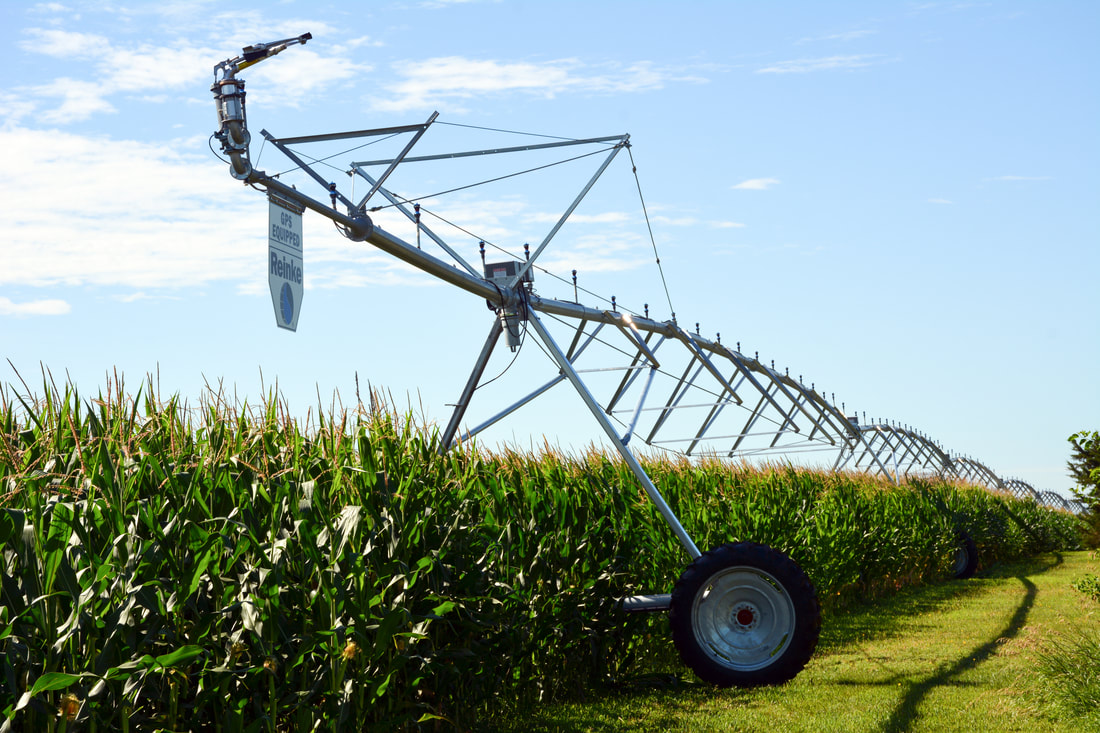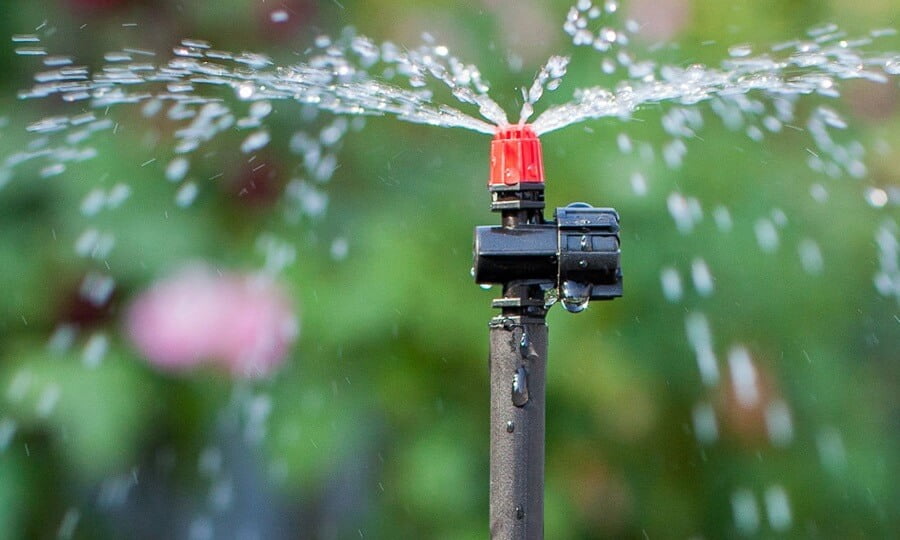
Irrigation may be performed by non-clinicians resulting in its own advantages/disadvantages and can be attempted alone or with the pre-treatment of a cerumenolytic agent, such as acetic acid, mineral oil, or hydrogen peroxide. Irrigation of the external auditory canal is one of the many options in treating cerumen impaction and a method that is readily available to the likes of general practitioners and emergency rooms. Roughly 5% of healthy adults, 10% of children, 57% of older persons, and 33% of patients with mental retardation suffer from impaction of cerumen. Common symptoms include a feeling of fullness in the ear, ear pain or otalgia, itchy ear, the sensation of imbalance, cough, and of course decreased hearing.

Impaction is more likely to occur when this normal extrusion of cerumen is prevented in some way whether that be with the use of hearing aids, persistent use of earplugs/earbuds for noise reduction or music, or by the simply attempting to clean the ears with Q-tips or cotton swabs. While cerumen is typically expelled from the EAC spontaneously with the aid of jaw movement, this mechanism may fail some patients and lead to impaction. The American Academy of Otolaryngology defines cerumen impaction as "an accumulation of cerumen that is associated with symptoms, prevents the necessary assessment of the ear, or both". There are a number of pathologies that may present in the EAC including sebaceous cysts, furuncles, and even glandular tumors, but what most commonly plagues patients is the buildup and impaction of cerumen. Cerumen serves as a protective barrier to trap foreign particles. The combination of these substances is what makes up cerumen, consisting primarily of dead keratin cells.
#IRRIGATION SWITCHBAR SKIN#
As dead skin cells slough off and move out of the ear canal, they combine with the oily secretions of sebaceous glands as well as the modified sweat of the ceruminous glands.

The modified sweat produced by the ceruminous glands has bacteriocidal and fungicidal properties, functioning to lubricate and clean the EAC.

Anatomically, this region houses a collection of pilosebaceous glands that includes ceruminous glands, hair follicles, and sebaceous glands. Cerumen, or ear wax, is a naturally occurring substance that is produced at the lateral one-third of the external auditory canal (EAC).


 0 kommentar(er)
0 kommentar(er)
